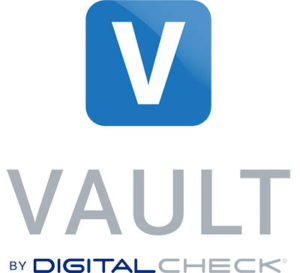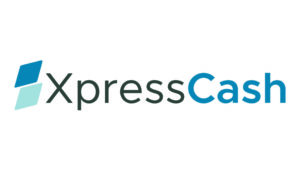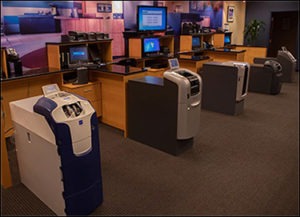This is the tenth in the Project Management Best Practices series.
My father always reminded me when we were in a building project, “measure twice, cut once.” That is sage advice meant to eliminate costly re-dos. In this case, the cost would have been in the wood, or other material with which we were working, not to mention the time involved if we had to return to the builder’s supply store to purchase the replacement material, as well as the time to re-measure and re-cut the piece. There is a cost to quality in wasted material, wasted labor, and increased risk. A company’s reputation is damaged by delivering product that does not meet the requirements of the customer.
This should be no surprise when we think back on quality disasters of the distant and recent past. Whether it was the exploding Ford Pinto of the 70s, or the botched Apple Maps function introduced with the iPhone 5 that made straight roads look like cooked spaghetti, poor quality can damage a brand, even powerful brands like Ford and Apple.
Like schedule and cost, controlling quality is critical to project success. Key planning elements to ensure quality include the requirements document and project plan. The requirements document will help to measure whether the project is on track to meet customer product needs, and the project plan will determine whether the project will deliver to customer timing. A risk register is also important to document anticipated risks.
Planning for quality involves understanding the project quality requirements and then documenting how these quality standards will be demonstrated for compliance purposes. Typically, the project team will create control charts with parameters within which the product must comply. Prior to the execution of the project, the project team may create a design experiment to flesh out any weaknesses in the design. Once the execution phase has begun, the team will conduct statistical sampling and benchmarking to ensure that the product is conforming to predetermine quality standards. Should quality issues arise, the team will use a fishbone or cause-and-effect diagram to diagnose the origin of the product defect in order to correct the process.
There are many tools and techniques that can be used to measure quality and to identify defects in the process along the way. Flowcharts show the overall progression of the process in a graphical manner, often making it easier to identify redundancies and bottlenecks. Histograms are employed to identify variances and the frequency of those variances. The Pareto Chart, or 80/20 rule, helps the project management team to focus on the most critical 20% of the issues that cause 80% of the problems, and prioritize potential causes of those issues.
Many organizations are implementing Six Sigma techniques to identify and measure quality in high-volume production environments. As data is plotted, it creates a bell curve or “normal distribution” curve, with the top of the bell representing the median of the data sample. Through the use of standard deviation, the project management can determine how far a data point is from the mean. In any distribution, one sigma above or below the mean covers 68% of the data and at six sigma, the distribution covers 99.99985% of the data. A company achieving six sigma quality standards would see 99.99966% quality standards or no more than 3.4 errors per million. This is compared to the current standard of perfection, four sigma, or 99.38% perfection, or 6,200 defects per million. Six sigma standards provide a significant improvement in quality results.
Product quality is a critical factor for achieving ROI and for customer sales and retention. Planning, measuring, and remediating quality control issues in an efficient and effective way is a key factor in determining the success or failure of a project. If you measure at the outset and throughout the project, you will only have to cut once for success.
For more information about Digital Check or our project management services, contact Paul Rupple, PMP at 847-446-2285.





